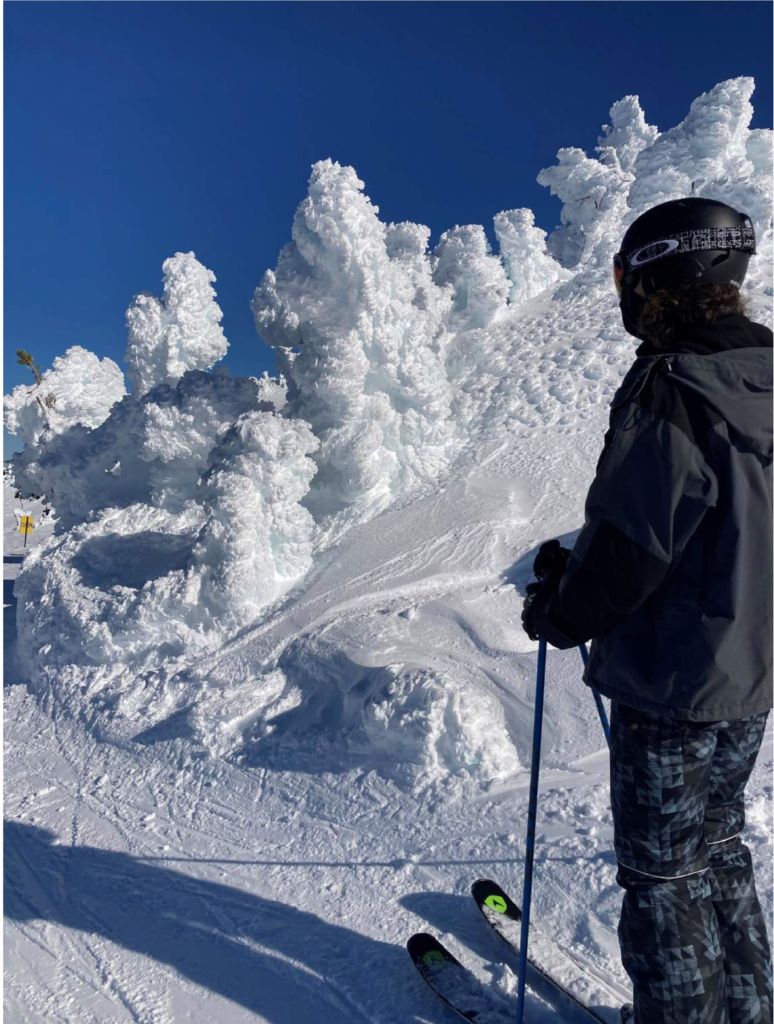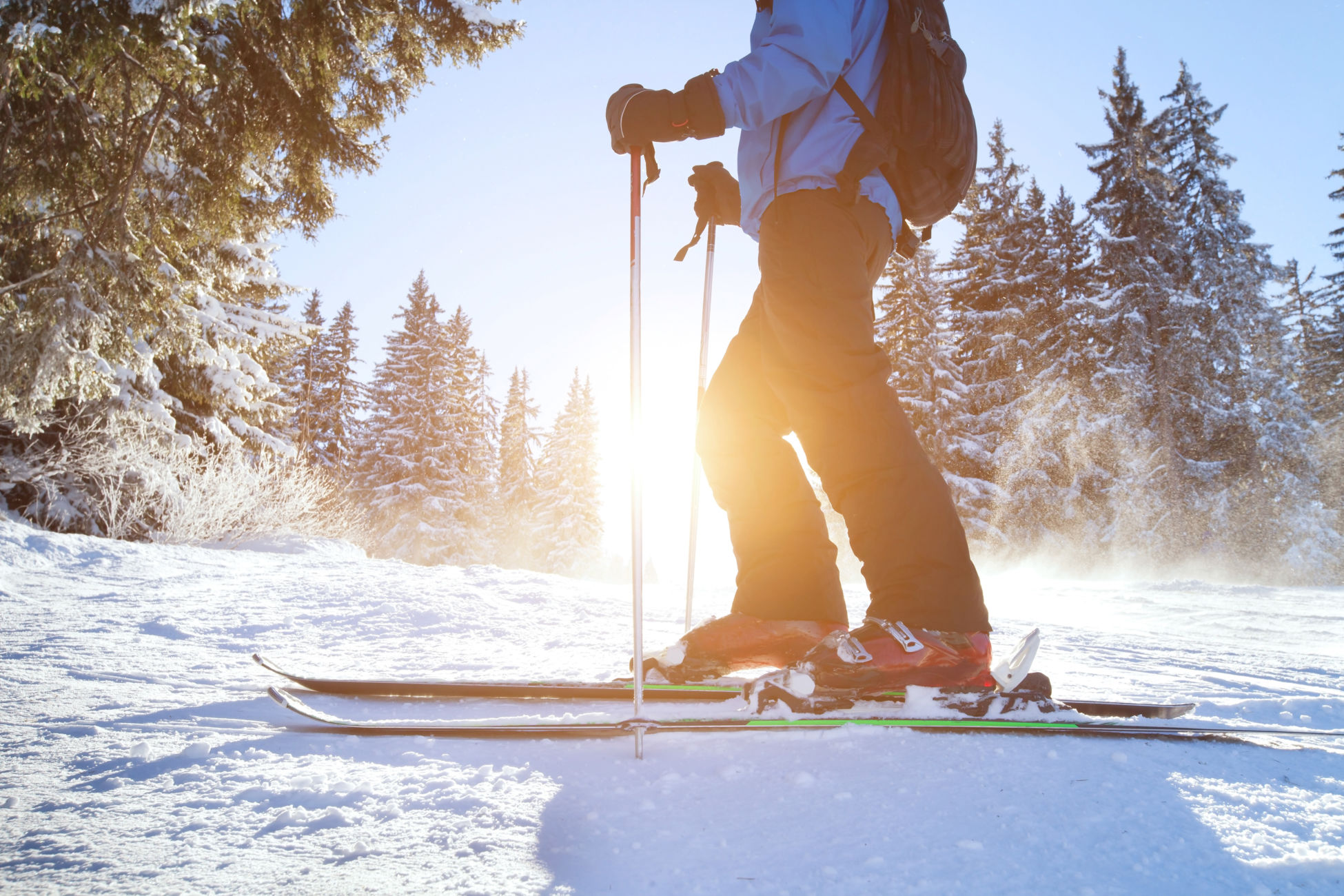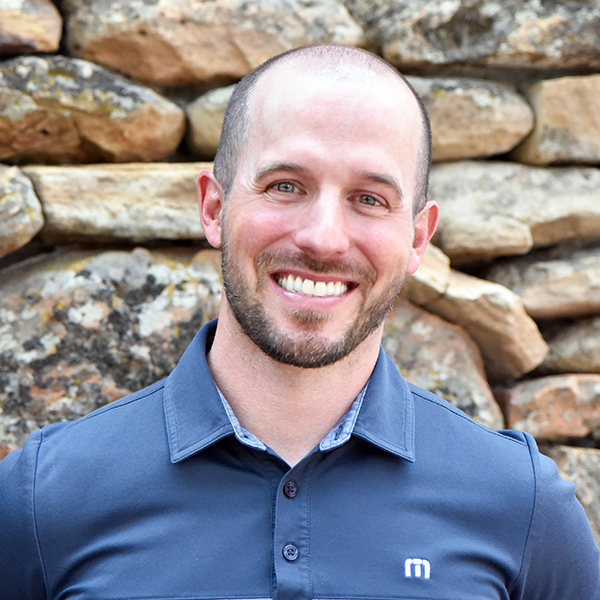With more than four feet of snow falling in the Cascade Mountain range during the second half of December 2021 many of us enjoyed some epic powder turns as the ski season got underway. Skiing or snowboarding in deep powder gives many riders a sense of invulnerability as catching an edge in these conditions is oftentimes very forgiving. However, when conditions become icy and hard packed, such as during long periods without fresh snowfall, the potential for orthopedic injuries increases exponentially. While most riders are aware of the risk of lower extremity injuries inherent to skiing and snowboarding, few consider the potential for sustaining an injury to the hand. A 9-year study of alpine ski injuries at Mammoth Mountain Ski Area, one of the largest resorts in North America, showed a surprisingly high rate of such injuries with 1,455 total documented during this period.1
Therapeutic Associates Physical Therapy has clinics throughout the Pacific Northwest, serving many communities that boast easy access to local ski areas. This includes six clinics in Central Oregon all within about an hour’s drive from Mt. Bachelor, which offers 4,323 acres of lift accessible terrain, making it the 6th largest ski area in the United States. Once Mt. Bachelor opened for the season in December, we started to see an influx of patients with orthopedic injuries sustained at the mountain.
One of the more common upper extremity musculoskeletal injuries that we see in clinics during the season is skier’s thumb. This injury typically occurs when a skier or snowboard falls onto an outstretched arm and hyper-extends/abducts their thumb, which results in a sprain to the ulnar collateral ligament (UCL). As the name implies, this injury typically occurs more commonly in skiers than snowboarders, since falling while holding a ski pole increases the chance of sustaining a UCL injury.

Signs and symptoms of a UCL sprain include pain on the index finger side of the thumb, swelling at the base of the thumb and potential bruising in this region. Additionally, individuals who have sustained these injuries may note difficulty with pinching, gripping and fine-motor tasks.
What to do if you suspect you’ve sprained your UCL
Seeking medical attention if you sustain such an injury is essential because when left untreated UCL sprains can lead to long-term pain and instability of the metacarpophalangeal (MCP) joint of the thumb. There is also evidence suggesting that individuals who have sustained a UCL sprain are at higher risk for re-injury, which is why seeking care for such injuries is critical to maximize long-term function.2
Typically, we classify sprains to the UCL into 3 categories.
- A grade 1 sprain involves over-stretching of the ligament but no anatomical damage.
- A grade 2 sprain is associated with partial tearing of the ligament and may required bracing or casting for up to 6 weeks.
- A grade 3 sprain is a complete tear of UCL and requires surgical intervention.
Ultrasound imaging is most commonly used to diagnose the extent of UCL injuries, but x-rays may also be indicated if concurrent fracture is suspected.

Physical Therapy for Skier’s Thumb
Physical therapy can be very effective in non-operative treatment of grade 1 and 2 UCL sprains. The primary focus of early intervention during the acute stage of such injuries involves immobilization of the MCP joint with a thumb spica orthosis to allow the ligament to heal. These splints are typically fabricated by a certified hand therapist (CHT) and are worn for 4-6 weeks depending on the extent of the injury. After a period of immobilization, physical therapy is started with an initial focus on restoring full mobility of the CMC joint. At approximately 8 weeks following injury these patients are instructed in a progressive strengthening program to promote stability of the joint. The final phase of rehabilitation for these individuals begins around 12 weeks and involves grip and pinch strengthening to maximize function of the thumb and to prevent re-injury.
Below are some examples of therapeutic exercises that we give patients during each phase of their recovery process.
Mobility Phase
(typically start 6 weeks following injury for grade 2 UCL sprains) 3
Thumb active range of motion:
- With your palm flat on a table or other surface, move your thumb away from your palm as far you can. Hold this position for 5 seconds and bring it back to the starting position.
- Rest your hand on the table in a handshake position. Move your thumb out to the side away from your palm as far as possible. Hold for 5 seconds. Return to the starting position.
- Bring your thumb across your palm toward your little finger. Hold this position for 5 seconds. Return to the starting position.
Repeat this entire sequence 15 times. Do 2 sets of 15.
- Wrist active range of motion:
- Gently bend your wrist forward. Hold for 5 seconds. Do 2 sets of 15.
- Gently bend your wrist backward. Hold this position 5 seconds. Do 2 sets of 15.
- Gently move your wrist from side to side (a handshake motion). Hold for 5 seconds in each direction. Do 2 sets of 15.
Strengthening Phase
(begin at 8+ weeks following injury for grade 2 UCL sprains) 3
- Pick up small objects, such as paper clips, pencils, and coins, using your thumb and each of your other fingers, one at a time. Practice this exercise for about 5 minutes.
- Place a large rubber band around the outside of your thumb and fingers. Open your fingers to stretch the rubber band. Do 2 sets of 15.
- Hold a soup can or hammer handle in your hand with your palm facing up. Bend your wrist upward. Slowly lower the weight and return to the starting position. Do 2 sets of 15. Gradually increase the weight of the object you are holding.
- Hold a soup can or small weight in your hand with your palm facing down. Slowly bend your wrist up. Slowly lower the weight down into the starting position. Do 2 sets of 15. Gradually increase the weight of the object you are holding.

Gripping/Pinching Phase
(begin at 12 weeks following injury for grade 2 UCL sprains) 3
- Squeeze a soft rubber ball or rolled towel and hold the squeeze for 5 seconds. Do 2 sets of 15.
- Use putty to pinch between thumb and index finger. Hold the squeeze for 5 seconds. Do 2 sets of 15.
Physical therapists are also experts in providing post-operative care for patients who sustain grade 3 UCL injuries and undergo surgical intervention to repair this ligament. There are specific post-op protocols that need to be followed and your physical therapist will guide you through this rehab process, including fabrication of a custom splint when appropriate.
In conclusion, skier’s thumb is one of the most common upper extremity injuries that occurs in skiers and snowboarders.4 If left unattended this condition can potentially lead to long-term pain and instability of the CMC joint of the thumb. Early diagnosis and treatment of skier’s thumb is essential in maximizing long term outcomes. If you have suffered such and injury on the slopes reach out to your local Therapeutic Associates clinic to have your condition evaluated by one of our physical therapists, who will develop an appropriate treatment plan or refer you to one of our of orthopedic partners if a more serious injury is suspected.
References:
- Davidson TM, Laliotis AT. Alpine skiing injuries. A nine-year study. West J Med. 1996;164(4):310-314.
- Anderson D. Skier’s thumb. Aust Fam Physician. 2010;39(8):575-577
- Kisner, Carol, and Lynn Allen Colby, Therapeutic Exercise: Foundations and Techniques, F. A. Davis Company; 6th ed, 2012.
- J. B. Engelhardt, Rupture of the ulnar collateral ligament of the metacarpophalangeal joint of the thumb. 1993;vol24:1:21-24
Get Started Today
If you’ve suffered an injury to your thumb, whether you fell on the slopes while skiing or snowboarding or you hyper-extended or abducted it forcefully in a different accident, don’t wait to seek care. Our physical therapists are experts in musculoskeletal care and can help determine the extent of your injury and get you on the road to recovery while ensuring you avoid long-term pain and dysfunction.


